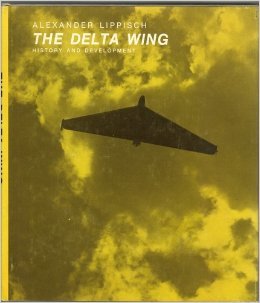- Joined
- 25 June 2014
- Messages
- 1,564
- Reaction score
- 1,499
Several companies during the postwar period produced tailless delta jets. Notable examples include the Convair XF-92A, F-102 and F-106, Dassault Mystère Delta and Mirage series, Avro 707, Fairey Delta 2 and probably others. How did they avoid instability in pitch? The simple way is to move the centre of mass forward and angle oversized elevator/elevons up a bit, mimicking an aerofoil with zero or backward movement of the centre of pressure with pitch. But that is a high-drag, low-wing-loading solution. Next comes a genuine zero-shift aerofoil with negative camber on the rear section, slightly less draggy but still inefficient. Most complex to engineer but most aerodynamically efficient is the use of reduced-incidence "washout" towards the wing tips. I can't find anything relating to this in any discussion of these designs, and all the wings are so long and thin that it is impossible to tell from photographs. I am particularly interested in the Fairey Delta 2, but enlightenment on any of these types would help.

